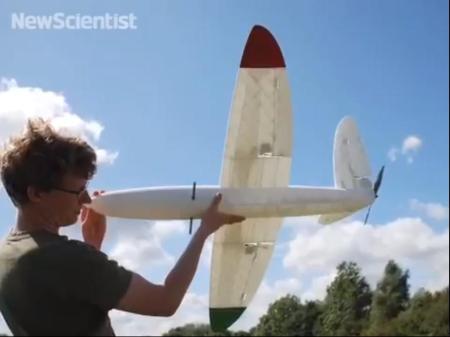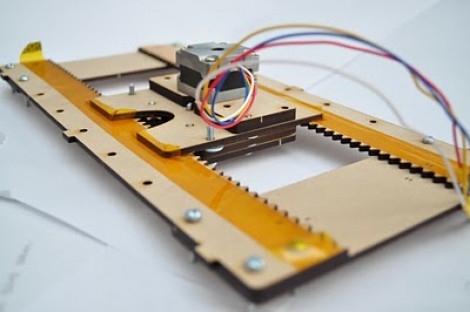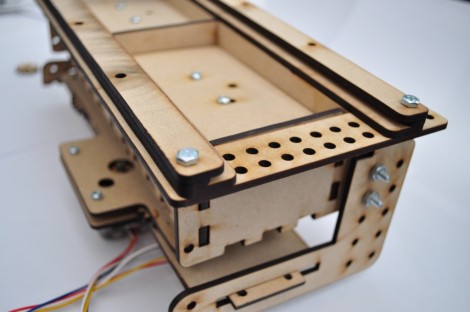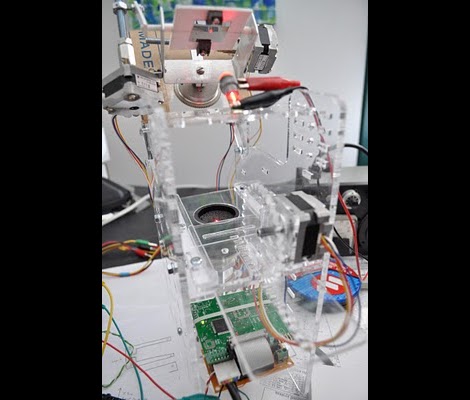
In case you haven’t heard, NASA is building a new rocket – a replacement for the shuttle – that will eventually take crews again outside low Earth orbit. It’s called the Space Launch System and looks surprisingly similar to the Saturn V that took men to the moon. Manufacturing technology is light years ahead of what it was in the mid-60s, and this time around NASA is printing some rocket parts with selective laser melting.
Teams at the Marshall Space Flight center are melting metal powder together with lasers to produce parts for the new J-2X engine intended for use in the earth departure stage of the Space Launch System. While the 3d-printed parts haven’t seen a use in any live fire tests of the J-2X, the goal is to test these parts out later in the year and eventually have them man-rated, to carry astronauts to the moon, asteroids, or even Mars.
This isn’t the first time 3d printing has been used to make rocket engines. Earlier this year we saw [Rocket Moonlighting] build an entire rocket engine, powered by propane and NO2, using the same technology that NASA is using. [Moonlighting]’s engine is quite small, too small to lift itself off the ground, even. Still, it’s awesome to see 3D printing that will eventually take people into solar orbit.














